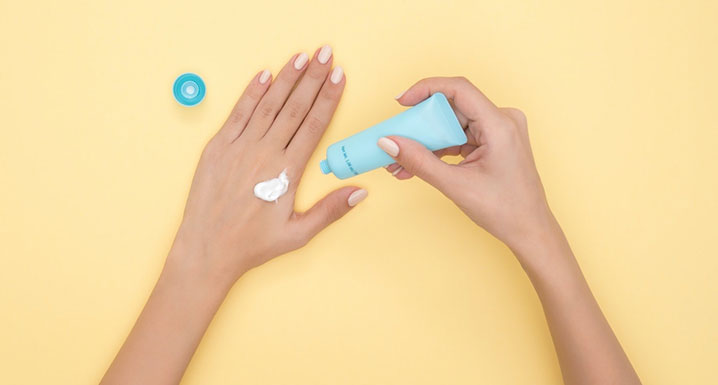
Summer means fun in the sun. But… it also means taking the necessary precautions to protect yourself from the sun’s harmful rays. When it comes to staying safe in the sunshine, choosing the right SPF and learning how to protect yourself from the sun’s harmful rays, Dr. Marco Iafolla has you covered.
We spoke with Dr. Iafolla, Oncologist and Site Lead at William Osler Health System’s (Osler) Brampton Civic Hospital for skin cancers and genitourinary cancers, about sun safety and SPF.
What is SPF?
SPF stands for Sun Protection Factor. It represents how fast you're likely to burn under the sun when applied as directed relative to having no coverage over your skin and getting full sun exposure.
For example, when we say SPF 50, it means it would take 50 times longer to burn when exposed to the sun relative to not wearing any sunblock.
How do I choose the best and most effective sunscreen?
- When choosing a sunscreen, look for the term “broad spectrum” on the package. This will protect you from both types of the sun’s ultraviolet rays that can have harmful effects on our bodies: UVA and UVB (explained below).
- When it comes to quality, it often goes without saying: you get what you pay for. Avoid sunscreen with ingredients such as ensulizole, octisalate, homosalate, octocrylene, octinoxate, oxybenzone, and avobenzone, if possible. According to the Food and Drug Administration (FDA) these ingredients may not be “generally recognized as safe and effective”.
- Do some research before buying and make sure to always check the expiry date!
What are UVA and UVB rays?
UVA and UVB rays both play a role in skin damage. For UVA, think A is for Aging, as in the damage from sun exposure can cause wrinkles and age spots on the skin. When it comes to UVB, think B as in Burn, as these rays play the largest role in the development of skin cancer. Make sure the sunscreen you use provides good coverage of both.
The sun and UV rays are strongest between approximately 10 a.m. and 2 p.m., so be sure to check the predicted UV index wherever you get your weather report before spending a day out in the sun.
How often do I need to apply sunscreen?
There is often a false sense of security that comes with wearing a high SPF sunscreen. You are still at risk of burning whether you are wearing 60, 80 or even 100 SPF.
If you have been sweating, swimming or towelling off, make sure you reapply immediately. No matter what SPF you are wearing, it is recommended to apply once for every two hours spent in the sun to ensure you are protected.
Skin cancer – who is at a high risk?
- Those with prior history of skin cancer Those with moles on their skin
- If you have more than 15 moles on your body, you should get checked by a dermatologist on a yearly basis to monitor for abnormalities like atypical moles or concerning skin lesions.
- Those with skin cancer in their immediate family Those who had extensive sun exposure as children
- Individuals who experienced high UVA and UVB sun exposure as children and teenagers (up to about 15 years old) have an increased risk of developing skin cancer later in life.
- These individuals don’t have the melanin in their skin needed to defend against the sun’s UV exposure.
- Those on immunosuppressive medications or other medications that diminish the body’s immune response
- Those who use indoor tanning beds
If you fall into any of these categories, it is incredibly important to cover up, avoid sun exposure when possible and check in with your doctor regularly if there are concerns and as needed.
Don’t forget, early detection is key.
Like many cancer types, treating earlier stage skin cancers can have a positive success rate. So, make sure you are taking the necessary precautions when it comes to sun exposure, especially if you are of high risk.
The takeaways:
- The sun is most powerful between 10 a.m. and 2 p.m.
- Look for “broad spectrum” sunscreen that provides UVA and UVB protection
- The higher the SPF, the longer you will be protected from the sun, but you should still reapply at least every two hours and after sweating or swimming
- Wear wide brimmed hats, UV protecting sunglasses and SPF-infused clothing for effective physical protection
- See a dermatologist if you have more than 15 moles on your body and watch for any abnormalities
- Speak to your doctor if you have any concerns about sun exposure and your skin

